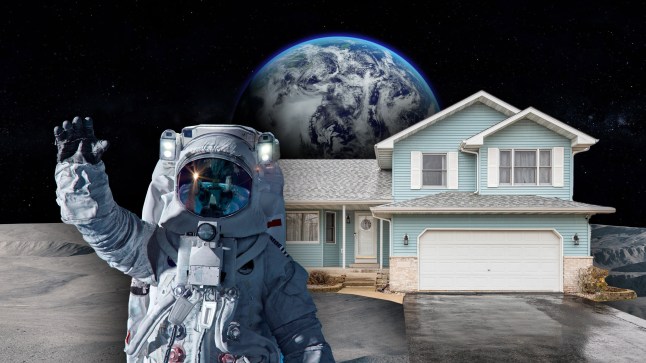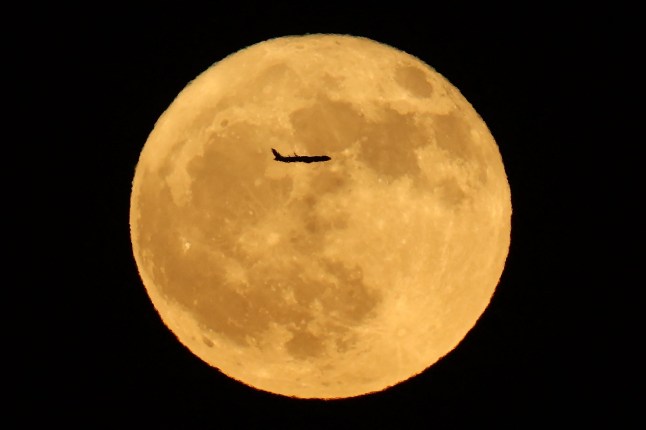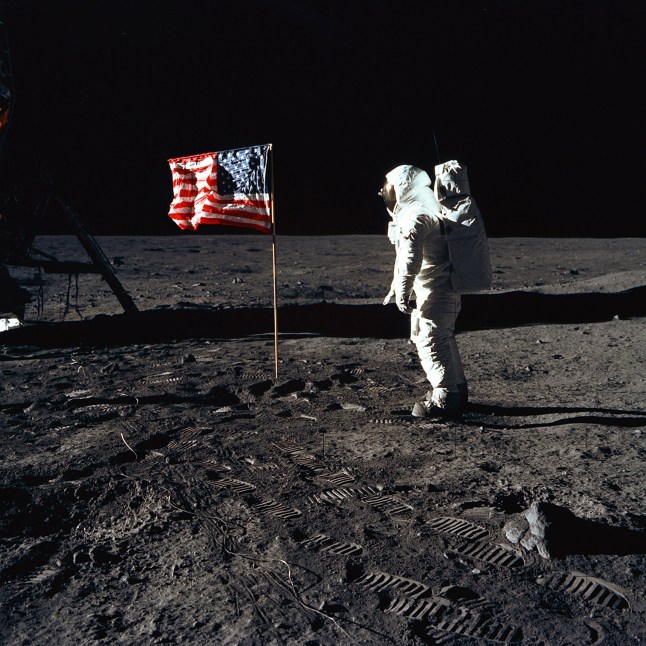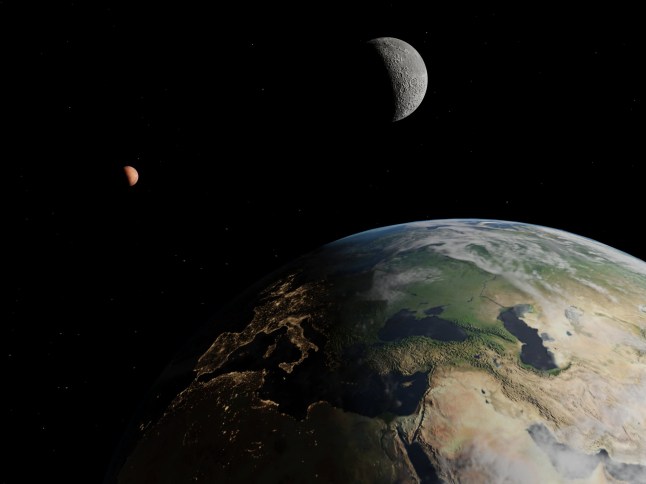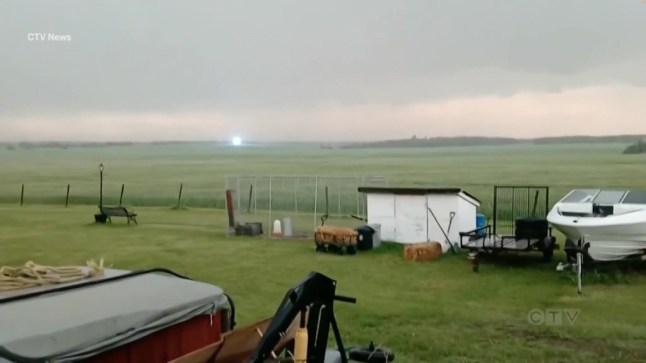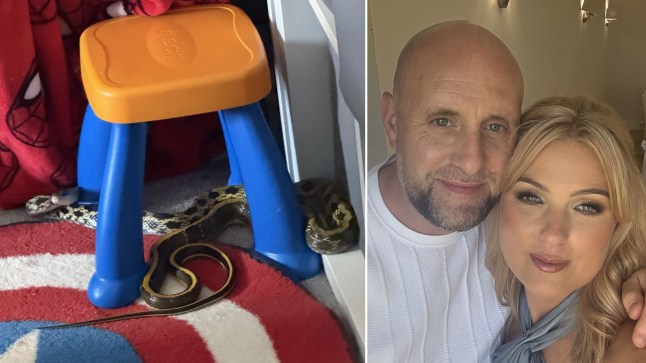
A horrified mum discovered a hissing 7ft snake slithering through her child’s bedroom.
Natasha Robinson thought her fiancé Gary Minshull was playing a prank when she discovered the Taiwanese Beauty Rat Snake in their children’s bedroom.
But the 34-year-old’s jaw dropped when she spotted the serpent’s tongue suddenly flick in and out of its mouth.
Natasha, from Chester, Cheshire, said: ‘To begin with, I thought “it’s got to just be a grass snake” or something else not so dangerous but it didn’t look anything like the pictures – and it was so big.
‘We realised with the size and the look of it that it definitely wasn’t native.
‘My partner and I were just in disbelief really – especially knowing it had been in there with our daughter.
‘I’m just so grateful it was spotted and that she didn’t accidentally tread on it.’
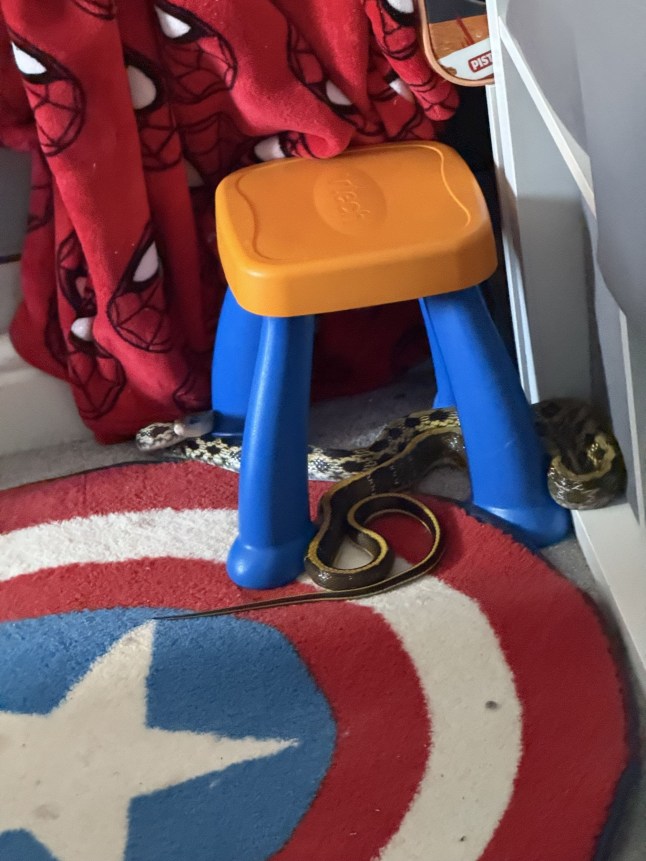
The wedding accessories business owner quickly ushered three-year-old Primrose along with her sons Jacob, seven, and six-year-old Theo into the garden and checked on her pet cats who she feared might have been eaten.
Natasha and her 40-year-old health, safety and quality manager partner contained the snake for two hours before a couple living locally, who own exotic pets, took it away.
Taiwanese Beauty Rat Snakes are a non-venomous constrictor snake butthey can grow up to 10ft long.
It’s legal to keep without a licence in Britain and they are usually docile but can strike if they perceive a threat.
‘One of my sons is autistic, he would’ve grabbed it. I dread to think what could’ve happened then,’ Natasha said.

Follow Metro on WhatsApp to be the first to get all the latest news

Metro’s on Whatsapp! Join our community for breaking news and juicy stories.
Natasha believes the snake may have got into their house before last month’s incident through an open window.
Although now safely fostered, she spent the days after the incident frantically checking the bed in case another one got in.
Natasha said: ‘The children weren’t frightened of it, they thought it was really cool having a snake in their bedroom.
‘It was totally bizarre. You’d think if it was a loved pet it would’ve been claimed.
‘We have been like celebrities around here ever since, I’m asked about it constantly.’
Get in touch with our news team by emailing us at webnews@metro.co.uk.
For more stories like this, check our news page.
